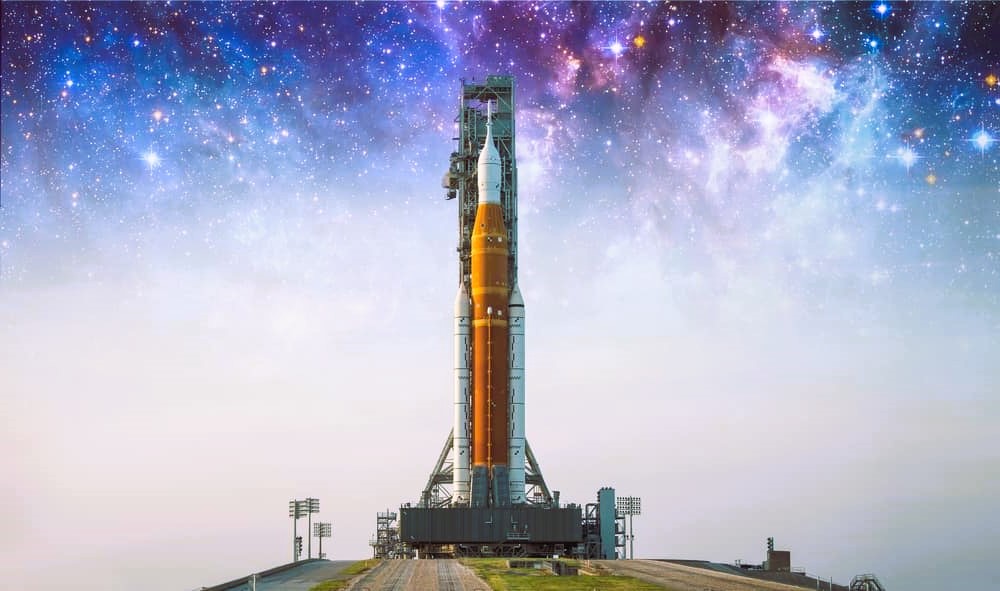
Space exploration has long captivated the imagination of humanity, driving us to push the boundaries of what is possible and explore the unknown reaches of the cosmos. With advancements in technology and a renewed focus on space exploration by governments and private entities alike, we stand at the precipice of a new era of discovery and innovation in space.
One of the most exciting aspects of space exploration is the continual expansion of our understanding of the universe. Through missions to distant planets, moons, and asteroids, scientists have gained valuable insights into the formation of our solar system and the potential for life beyond Earth. These missions are made possible by a wide range of technologies, from advanced propulsion systems to sophisticated imaging equipment.
One area of particular interest in space exploration is the search for exoplanets – planets orbiting stars outside our solar system. With the development of powerful telescopes and observational techniques, astronomers have discovered thousands of exoplanets in recent years, many of which may have conditions conducive to life. This ongoing exploration of distant worlds holds the promise of answering fundamental questions about the origins of life in the universe.
In addition to exploring distant planets, space agencies and private companies are also focused on returning humans to the Moon and sending crewed missions to Mars. These ambitious goals require the development of new spacecraft, habitats, and life support systems capable of sustaining human life in the harsh environment of space for extended periods. Organizations like NASA and SpaceX are leading the way in developing the technologies needed to make these missions a reality.
Key to the success of space exploration missions is international cooperation and standardization. Organizations such as the International Organization for Standardization (ISO) and the Institute of Electrical and Electronics Engineers (IEEE) play a crucial role in developing standards for spacecraft design, communication protocols, and safety procedures. By adhering to these standards, space agencies and companies can ensure interoperability and reliability across missions.

For example, ISO standards govern everything from the materials used in spacecraft construction to the procedures for testing and launching rockets. By following these standards, space agencies can minimize the risk of mission failure and ensure the safety of astronauts and equipment in space.
Similarly, IEEE standards play a vital role in the design and operation of spacecraft communication systems. These standards define protocols for transmitting data between spacecraft and ground stations, ensuring reliable communication over vast distances. By adhering to IEEE standards, space missions can maintain constant contact with Earth and transmit valuable scientific data back to researchers. Change the way you interact with the world, read more in the Augmented Reality article.
In addition to ISO and IEEE standards, organizations like Wikipedia provide valuable resources for researchers and space enthusiasts alike. Wikipedia offers a wealth of information on topics ranging from the history of space exploration to the latest developments in spacecraft technology. With its collaborative editing model, Wikipedia serves as a comprehensive and up-to-date repository of knowledge on all things related to space.
In conclusion, space exploration is entering a new era of discovery and innovation, driven by advancements in technology and international cooperation. From the search for exoplanets to crewed missions to Mars, the possibilities for exploration are endless. By adhering to international standards and leveraging resources like Wikipedia, space agencies and companies can ensure the success of their missions and unlock the mysteries of the universe.
Institute of Electrical and Electronics Engineers (IEEE)

